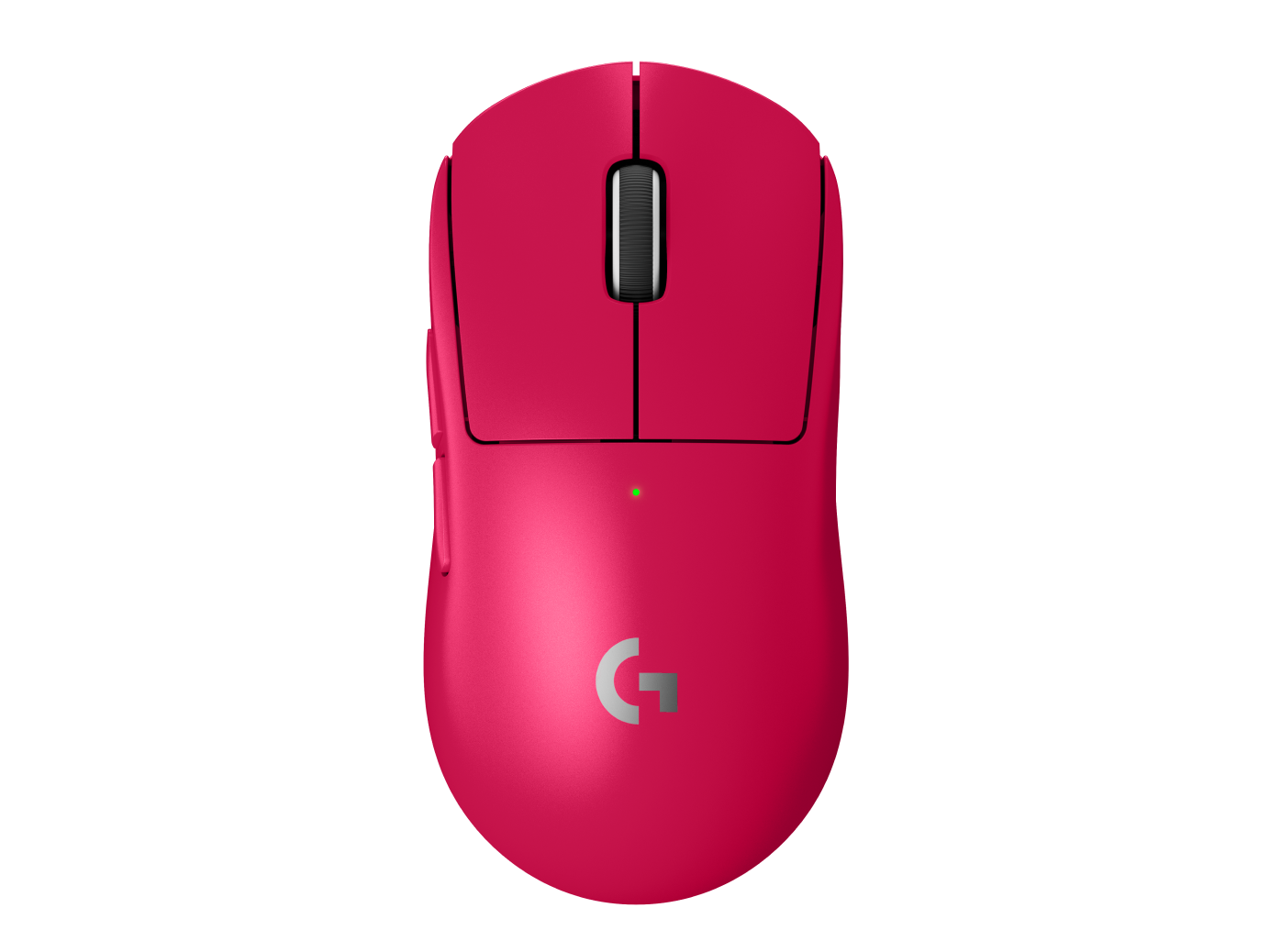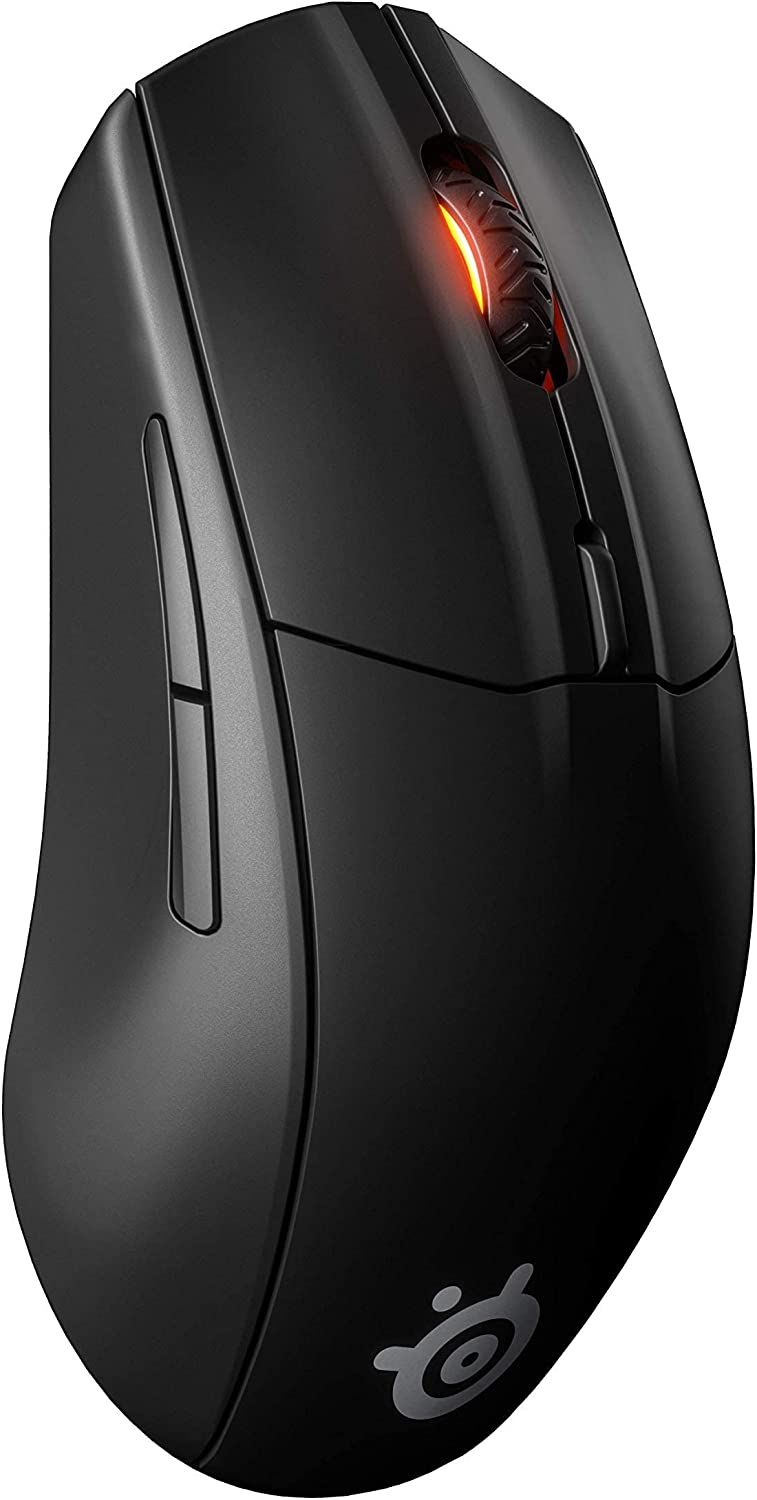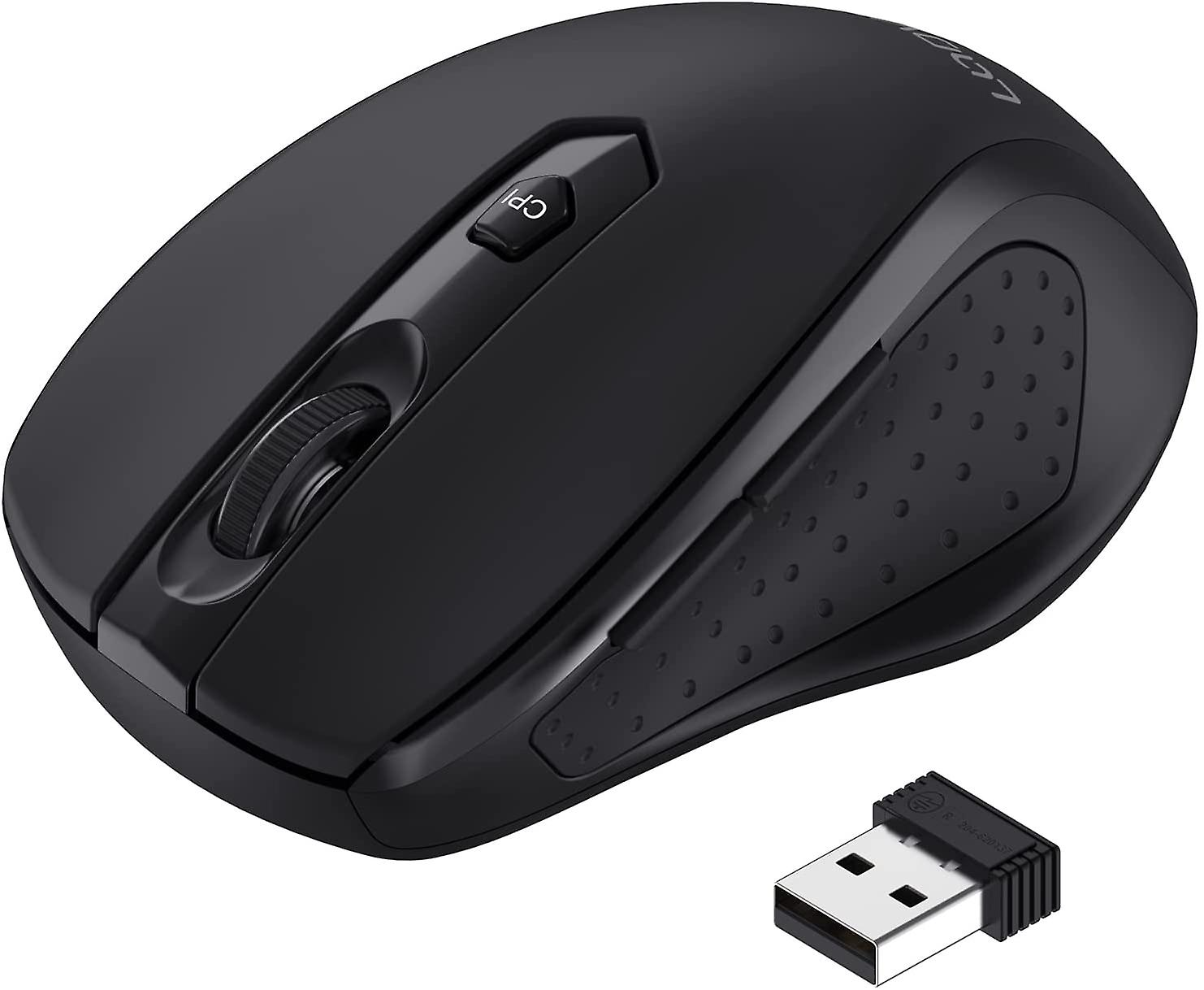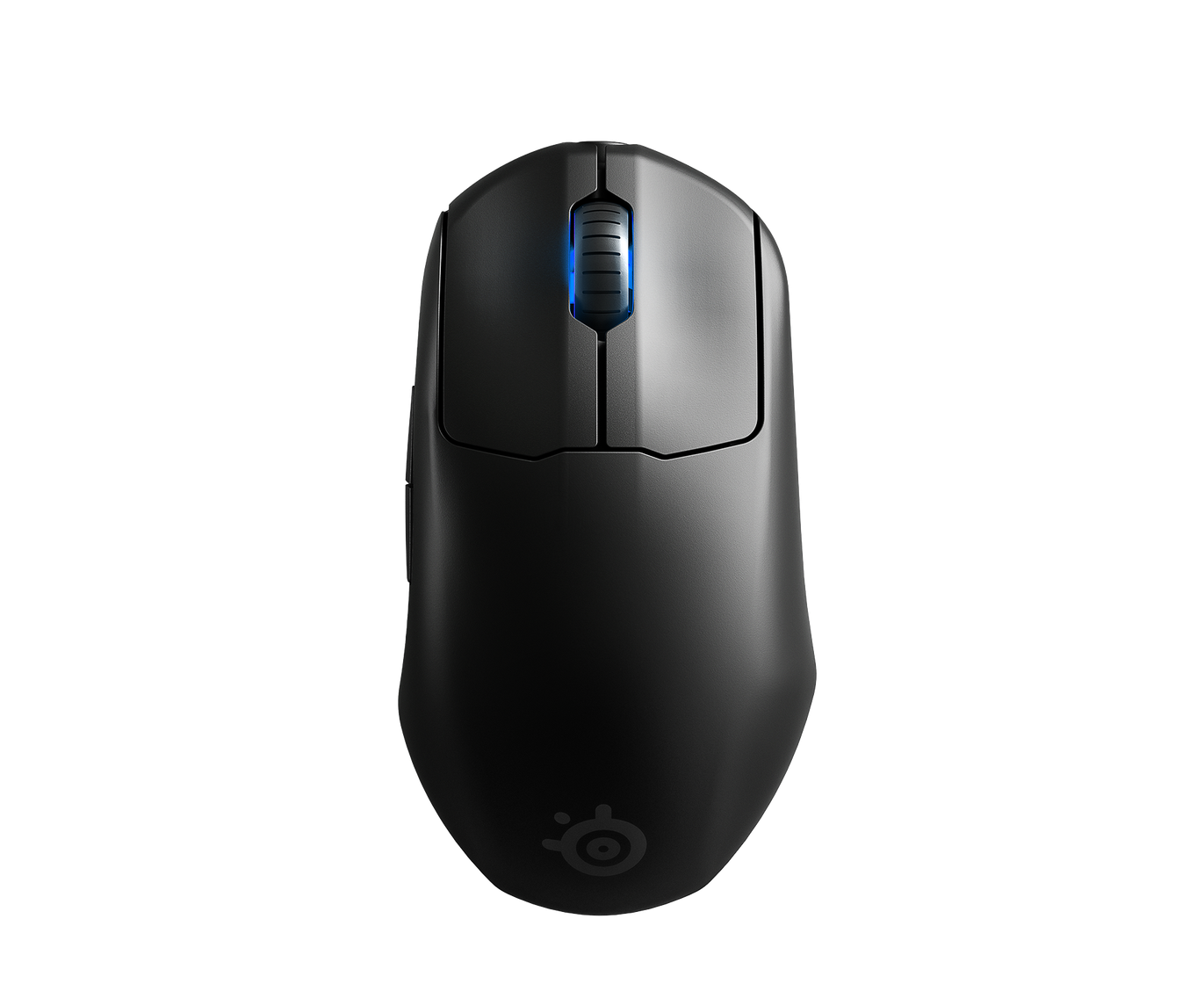Introduction
In the ever-evolving world of computer peripherals, the wireless mouse has emerged as a game-changer, revolutionizing the way we interact with our devices. Once considered a luxury, wireless mice have now become a staple in homes, offices, and gaming setups alike, offering unparalleled convenience, flexibility, and performance. This comprehensive article delves into the history, technology, and benefits of wireless mice, exploring how they have transformed the way we work, play, and navigate the digital realm.
The Birth and Evolution of Wireless Mouse Technology
Early Innovations
The concept of a mouse without wires dates back to the late 1980s and early 1990s, when infrared (IR) technology was first employed to transmit signals from the mouse to the computer. These early wireless mice, though groundbreaking, were plagued by limited range, line-of-sight requirements, and susceptibility to interference. Despite these limitations, they laid the groundwork for future advancements in wireless input devices.
Radio Frequency (RF) Technology Takes Over
In the late 1990s and early 2000s, radio frequency (RF) technology replaced IR as the primary means of communication for wireless mice. RF mice use either Bluetooth or proprietary 2.4 GHz wireless protocols, offering significantly improved range, reliability, and resistance to interference. This shift marked a turning point in wireless mouse adoption, as users began to appreciate the freedom from tangled cords and the ability to use their mice from a distance.
Advanced Features and Performance Enhancements
As wireless mouse technology matured, manufacturers incorporated numerous features and performance enhancements to cater to diverse user needs. These advancements include:
- Improved battery life: Employing energy-efficient components and power-saving modes, modern wireless mice can last for months on a single charge or battery replacement, minimizing downtime and environmental impact.
- High-resolution tracking: With optical and laser sensors capable of tracking at resolutions up to 20,000 DPI or higher, wireless mice deliver exceptional precision and speed, making them suitable for demanding tasks like graphic design, video editing, and gaming.
- Customizable buttons and software integration: Many wireless mice offer programmable buttons and compatibility with software suites that allow users to tailor button functions, adjust sensitivity settings, and create macros for enhanced productivity and control.

- Ergonomic designs and specialized grips: To accommodate different hand sizes, grip styles, and user preferences, wireless mice come in various shapes, sizes, and materials, including ambidextrous, right-handed, and left-handed designs, as well as models with contoured grips or adjustable features for optimal comfort.
The Benefits of Using a Wireless Mouse
Unrestricted Movement and Workspace Flexibility
One of the most apparent advantages of a wireless mouse is the freedom it affords users. Without a cable tethered to the computer, users can move their mouse freely across any surface within the operating range, allowing for more natural and comfortable arm movements. This increased mobility is particularly beneficial for those working on large desks, in collaborative spaces, or presenting in front of an audience.
Enhanced Portability and Convenience
Wireless mice are highly portable and easy to set up, making them ideal companions for laptop users, frequent travelers, and professionals who work remotely or in multiple locations. Their compact size, lightweight construction, and built-in sleep modes ensure hassle-free transportation and storage. Moreover, many modern wireless mice feature a unified receiver or support Bluetooth connectivity, eliminating the need for extra USB ports and simplifying the pairing process with multiple devices.
Reduced Clutter and Improved Aesthetics
By eliminating cables, wireless mice contribute to a cleaner, more organized workspace. This not only helps reduce visual distractions but also minimizes the risk of tripping over cords or damaging them through accidental pulls. For individuals who value minimalist aesthetics or strive to maintain a professional appearance in client-facing environments, a wireless mouse adds a sleek, contemporary touch to their desktop setup.
Compatibility and Future-Proofing
Wireless mice, especially those utilizing widely adopted standards like Bluetooth, offer broad compatibility with a wide range of devices, including desktop computers, laptops, tablets, and even some smartphones. As wireless technologies continue to advance and become increasingly ubiquitous, investing in a wireless mouse ensures that your input device remains relevant and compatible with future devices and operating systems.
Wireless Mouse Technology in Gaming and Professional Applications
Wireless mouse technology has significantly evolved over the years, offering both gamers and professionals a seamless, clutter-free alternative to traditional wired mice. The advancements in wireless connectivity, battery life, and sensor precision have made these devices highly competitive with their wired counterparts, particularly in gaming and professional applications where precision and responsiveness are paramount. In this discussion, we will delve into the key aspects of wireless mouse technology that cater to the unique needs of gamers and professionals.
Wireless Connectivity
a) Bluetooth: Bluetooth is a widely adopted wireless standard used in many wireless mice. It offers good range (typically around 30 feet or 10 meters), low power consumption, and compatibility with a wide variety of devices. However, for gaming and demanding professional applications, some users might find Bluetooth’s latency (around 8-10 milliseconds) insufficient, as it can lead to a slight delay in cursor movement or button response.
b) Wireless USB (RF): Many high-end wireless gaming mice utilize proprietary wireless USB technology, such as Logitech’s LIGHTSPEED or Razer’s Hyperspeed. These systems operate on the 2.4 GHz frequency band and offer much lower latency (as low as 1 millisecond), making them virtually indistinguishable from wired mice in terms of responsiveness. Additionally, they provide strong, stable connections with minimal interference and a range similar to Bluetooth.
Latency and Input Lag Reduction
Modern wireless gaming mice employ various techniques to minimize latency and ensure that every input is registered instantaneously:
a) Advanced data compression algorithms: These reduce the amount of data transmitted between the mouse and the receiver, thereby decreasing transmission time and latency.
b) Adaptive frequency hopping: This feature allows the mouse to automatically switch between different frequencies within the 2.4 GHz band to avoid interference and maintain a stable connection.
c) Dedicated wireless processing chips: High-end wireless gaming mice often include dedicated chips that handle wireless communication tasks, freeing up the main processor to focus on tracking and input processing, further reducing latency.
Precision Optical or Laser Sensors
Both wireless gaming and professional mice use high-quality optical or laser sensors that offer exceptional tracking accuracy, smooth movement, and a high DPI (dots per inch) range. These features enable precise cursor control, swift movements across large displays, and the ability to make fine adjustments in demanding applications like photo editing or 3D modeling. For gamers, high-speed tracking and low lift-off distance ensure accurate aim and quick reaction times during intense gameplay.
Customization and Ergonomics
Like their wired counterparts, wireless gaming and professional mice often feature extensive customization options, including programmable buttons, adjustable DPI settings, and RGB lighting. These features allow users to tailor the mouse to their specific workflow or gaming style. Additionally, ergonomic designs with comfortable grips, adjustable weights, and various shapes and sizes cater to individual preferences and help prevent fatigue during extended use.
Battery Life and Charging Solutions
Long battery life is crucial for uninterrupted productivity and gaming sessions. High-end wireless mice can provide up to several months of use on a single charge, depending on usage patterns and features like RGB lighting. Some models offer rechargeable batteries and convenient charging solutions, such as docked charging, Qi wireless charging, or even the ability to use the mouse while charging via a USB cable.
Conclusion
The wireless mouse has come a long way since its inception, evolving from a novelty item to an indispensable tool for millions of computer users worldwide. With advancements in technology, an array of features tailored to diverse needs, and undeniable benefits in terms of mobility, convenience, and aesthetics, wireless mice have undeniably reshaped the way we interact with our digital worlds. Whether you’re a casual user, a dedicated gamer, or a busy professional, embracing the wireless revolution offers a liberating and efficient experience that seamlessly integrates into today’s fast-paced, connected lifestyle.




